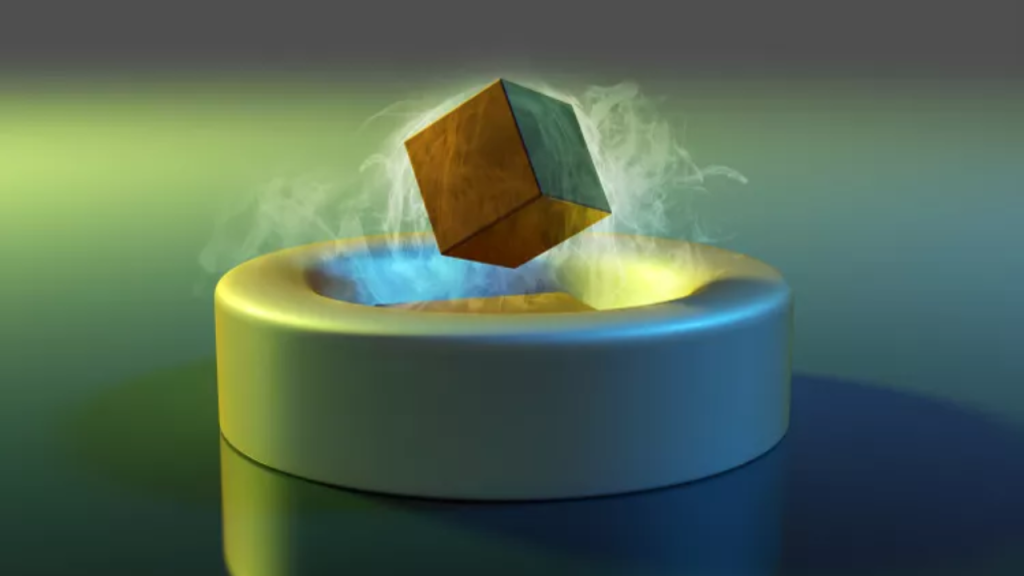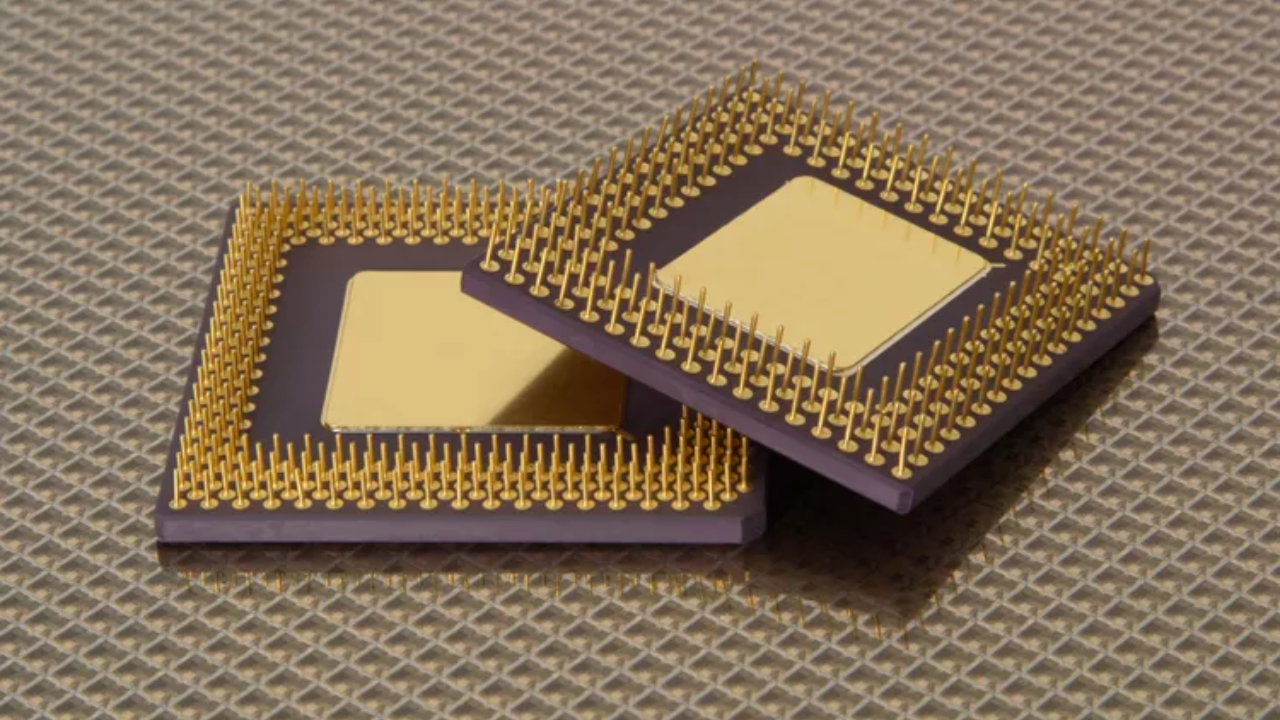The discovery of a new superconducting material raises the possibility that the technology could operate at much greater temperatures and permit the development of superior electronic gadgets.
Researchers have created a substance that can transport electricity and magnetic fields without resistance. In contrast to prior superconductors, the material may be produced at temperatures and pressures that are suitable for daily use.
“Superconductors are already used in some applications,” Case Western Reserve University scientist Harsh Mathur told Lifewire in an email interview. “For instance, superconducting magnets are used in magnetic resonance imaging (MRI), and the most important hardware component in quantum computers (such as Google’s Sycamore computer) is a superconducting circuit element called a transmon. The necessity to cool circuits to near absolute zero is a significant barrier that prevents the widespread adoption of superconductors.
Reaching Zero
The researchers stated in their Nature study that they utilized a nitrogen-doped lutetium hydride (NDLH) that becomes a superconductor at 69 degrees Fahrenheit and 10 kilobars (psi) of pressure. Considering that the pressure at sea level is approximately 15 psi, this pressure is within our capabilities. Chip production, for instance, uses substances held together by even stronger internal chemical pressures.
Ranga Dias, an assistant professor of mechanical engineering and physics at the University of Rochester, stated in a news release, “A path to superconducting consumer electronics, energy transfer lines, transportation, and significant improvements of magnetic confinement for fusion is now a reality.”
The current discovery is the culmination of a search for superconductors that spanned more than a century. Scientists have been searching for the material due to its important properties: the absence of electrical resistance and the fact that magnetic fields emitted from the substance travel around it.
The novel substance was developed by Dias’s team using a mixture of 99 percent hydrogen and one percent nitrogen. They placed the combination in a reaction chamber with lutetium and let it react at 392 degrees Fahrenheit for two to three days.
Superior Devices Due to Superconductors

Related: How Meta’s Upcoming Project P92 Might Deal Twitter the Fatal Blow?
The newly found material could enable quicker, more efficient electronics using superconductor-based digital logic and memory device technologies.
“Superconducting power lines might significantly reduce the amount of energy wasted during transmission from power plants to the homes, offices, and factories they power,” added Mathur. As we transition to low-carbon energy sources, reducing energy transmission losses will become a top goal.
Yet, according to Mathur, the most crucial uses are likely those that we cannot foresee. He cited the example of Michael Faraday, whose nineteenth-century research led to the first electric revolution, which included the creation of electrical power generation and transmission.
“The renowned scientist is believed to have replied, ‘What use is a newborn baby?’ when asked what future applications his discoveries may have,” Mathur explained. It would have been difficult to predict GPS, streaming services, and social media in the 1940s.
Observers stressed that the experiments must be replicated despite the enthusiasm around the current discovery. The Rochester team was forced to retract a prior report announcing a comparable superconductor finding because the data could not be validated.
Mathur however emphasized that superconductivity at room temperature had not yet been conclusively confirmed, although some repeatable tests had gotten close. “It is difficult to predict when the ultimate breakthrough will occur,” he stated.
He noted that materials that superconduct at high temperatures also superconduct at high pressures. “Thus, it will also be important to identify a material that superconducts near normal ambient pressure,” he continued. “Thus, this is negative news. The good news is that even before room-temperature superconductivity is achieved, breakthroughs in superconducting science are already influencing technology.”
